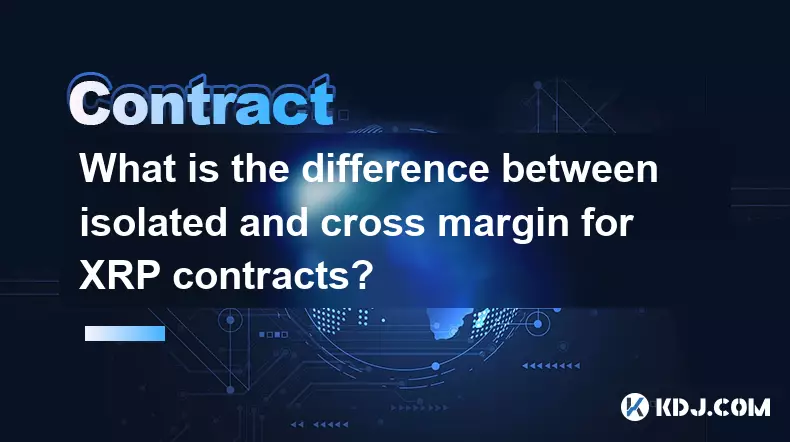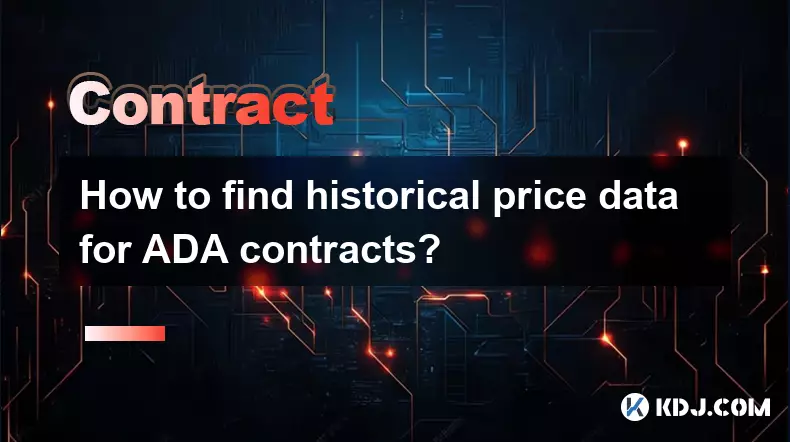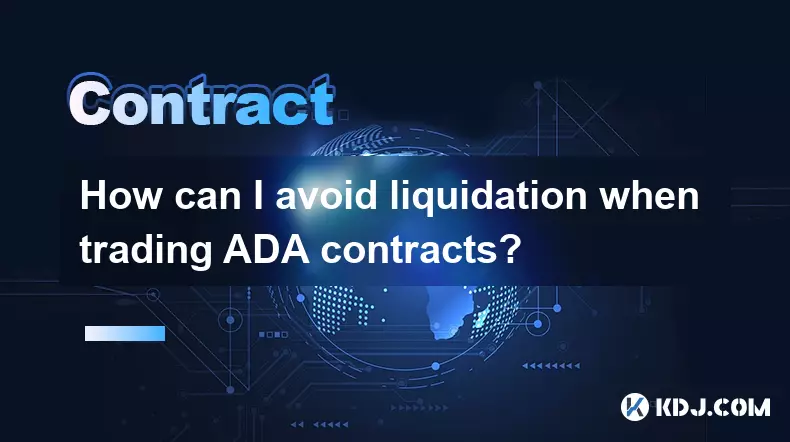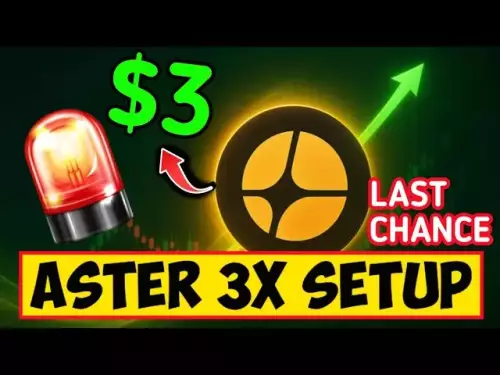-
 bitcoin
bitcoin $106975.071866 USD
-0.29% -
 ethereum
ethereum $3871.670850 USD
-0.07% -
 tether
tether $1.000261 USD
-0.01% -
 bnb
bnb $1084.417621 USD
-0.50% -
 xrp
xrp $2.348167 USD
0.82% -
 solana
solana $185.621736 USD
0.45% -
 usd-coin
usd-coin $0.999833 USD
-0.04% -
 tron
tron $0.313423 USD
0.81% -
 dogecoin
dogecoin $0.188856 USD
0.54% -
 cardano
cardano $0.630416 USD
-0.49% -
 hyperliquid
hyperliquid $36.506353 USD
2.24% -
 ethena-usde
ethena-usde $0.999584 USD
-0.01% -
 chainlink
chainlink $16.750026 USD
-0.77% -
 stellar
stellar $0.313373 USD
0.37% -
 bitcoin-cash
bitcoin-cash $465.978560 USD
-1.57%
What is the difference between isolated and cross margin for XRP contracts?
Isolated margin limits risk to a set amount per XRP trade, while cross margin uses total account equity, offering more leverage but greater systemic risk.
Oct 18, 2025 at 08:18 pm

Understanding Margin Types in XRP Contracts
1. Isolated margin and cross margin are two distinct approaches to managing risk and capital when trading XRP perpetual or futures contracts on cryptocurrency derivatives platforms. Each method determines how much of a trader’s account balance is allocated as collateral for open positions. The choice between them significantly influences leverage exposure, liquidation risks, and fund utilization.
2. In isolated margin mode, traders assign a fixed amount of margin specifically to an individual position. This assigned capital acts as the sole buffer against losses for that particular trade. If the market moves unfavorably and the position nears liquidation, only the designated margin is at risk. This allows precise control over risk per trade and prevents the entire account balance from being used as backing.
3. Cross margin, on the other hand, uses the trader’s total available wallet balance across all open positions as dynamic support. When one position faces potential liquidation, the system automatically draws from the remaining equity in the account to avoid closure. This can enhance capital efficiency by reducing the chance of premature liquidation during short-term volatility.
Risk Management Implications
1. With isolated margin, risk is compartmentalized. A catastrophic move in price cannot affect other trades because each contract operates with its own dedicated funds. Traders who engage in multiple concurrent strategies often prefer this model to prevent cascading failures across their portfolio.
2. However, setting too little margin in isolated mode increases the likelihood of liquidation under volatile conditions. Market gaps or slippage during high-impact news events—such as regulatory updates affecting XRP—can trigger automatic closures even if the overall account has sufficient funds elsewhere.
3. Cross margin reduces immediate liquidation risk by pooling resources, but it introduces systemic vulnerability. A single poorly performing position can erode equity meant for other active trades. During extended downturns, especially in low-liquidity altcoin markets like XRP, this may lead to broader account depletion.
Leverage and Capital Efficiency
1. Isolated margin enables traders to apply different leverage levels to different XRP contracts based on confidence and market analysis. One position might run at 10x leverage while another uses 25x, each with independently managed margin allocation.
2. Because leverage is tied directly to the assigned margin, adjustments require manual intervention. Increasing leverage without adding more margin brings the liquidation price closer, demanding constant monitoring. Automated tools and alerts become essential for maintaining position health.
3. Cross margin systems typically allow higher effective leverage since the entire balance serves as a cushion. Platforms may advertise lower maintenance margin requirements under cross mode, making it attractive for aggressive traders seeking maximum exposure.
4. Yet, this apparent efficiency comes with hidden costs. During periods of extreme volatility, such as SEC-related litigation developments around Ripple Labs, rapid price swings can consume large portions of available equity before manual adjustments are possible.
Practical Use Cases for Each Mode
1. Day traders focusing on short-term XRP price movements often choose isolated margin to enforce strict risk parameters. By defining stop-loss equivalents through margin size, they maintain discipline regardless of emotional impulses or external noise.
2. Swing traders holding positions over days or weeks may lean toward cross margin, relying on long-term trends to recover temporary drawdowns. Their strategy assumes that intraday fluctuations will smooth out, justifying reliance on broader account equity.
3. Algorithmic trading bots frequently operate in isolated mode to ensure modular failure containment. If one bot's logic fails due to unexpected market structure changes, the damage remains limited to its allocated margin pool.
4. High-frequency scalpers using cross margin must implement tight circuit breakers. Without safeguards, repeated small losses across numerous trades can accumulate rapidly, draining shared collateral faster than anticipated.
Frequently Asked Questions
Q: Can I switch between isolated and cross margin during an active XRP trade?A: No, most exchanges do not allow switching margin modes once a position is open. The selection must be made before entering the trade, and changing it would require closing the current position and reopening under the desired mode.
Q: Does isolated margin guarantee I won’t lose more than my assigned amount?A: Yes, under normal market conditions, your loss is capped at the isolated margin amount. However, in cases of extreme price gaps or exchange-specific auto-deleveraging events, additional liabilities could theoretically arise depending on the platform’s rules.
Q: Are funding rates affected by my choice of margin type?A: No, funding rates for XRP perpetual contracts are determined by market demand and the premium index, not by whether you use isolated or cross margin. These fees are paid or received every eight hours regardless of your margin configuration.
Q: Which margin mode is better for beginners trading XRP?A: Isolated margin is generally recommended for newcomers because it enforces clearer boundaries on risk. Knowing exactly how much capital is exposed helps develop disciplined habits and avoids surprises from unexpected equity drawdowns across multiple positions.
Disclaimer:info@kdj.com
The information provided is not trading advice. kdj.com does not assume any responsibility for any investments made based on the information provided in this article. Cryptocurrencies are highly volatile and it is highly recommended that you invest with caution after thorough research!
If you believe that the content used on this website infringes your copyright, please contact us immediately (info@kdj.com) and we will delete it promptly.
- Mantle Price, Cryptocurrency, Market Analysis: Is the Rally Sustainable?
- 2025-10-20 04:45:15
- Riding the Crypto Wave: AlphaPepe, Presales, and 2025's Top Projects
- 2025-10-20 04:25:15
- CoinDCX, Coinbase, and the Future of Crypto Investment: What's the Deal?
- 2025-10-20 04:25:15
- Solana Shines: How SOL Exposure Can Boost Your Investment Portfolio
- 2025-10-20 04:45:15
- HUGS Token: The Meme Coin with 100x Potential?
- 2025-10-20 04:50:12
- HBAR Price Check: Navigating the Correction Concerns and Chart Patterns
- 2025-10-20 04:50:12
Related knowledge

What are quarterly vs. perpetual ADA contracts?
Oct 19,2025 at 08:55am
Understanding Quarterly and Perpetual ADA ContractsDerivatives trading in the cryptocurrency space has expanded rapidly, offering traders various inst...

How to find historical price data for ADA contracts?
Oct 18,2025 at 10:18pm
Understanding ADA and Its Market Data Availability1. Cardano’s native cryptocurrency, ADA, operates on a decentralized blockchain that supports smart ...

How to hedge my spot Cardano portfolio with ADA contracts?
Oct 18,2025 at 05:36am
Hedging Your ADA Spot Holdings Using Derivatives1. Identify a reliable exchange that offers ADA futures or perpetual contracts. Exchanges like Binance...

How are the trading fees for ADA contracts calculated on Binance?
Oct 19,2025 at 03:18pm
Understanding ADA Futures Fee Structure on Binance1. Trading fees for ADA perpetual contracts on Binance are determined using a tiered system based on...

How can I avoid liquidation when trading ADA contracts?
Oct 18,2025 at 01:37am
Understanding Liquidation in ADA Futures Trading1. Liquidation occurs when a trader’s margin balance falls below the maintenance threshold required to...

How do you calculate profit and loss (PnL) for ADA contracts?
Oct 19,2025 at 12:18pm
Understanding ADA Contract Mechanics1. ADA contracts operate within the Cardano blockchain ecosystem, where smart contracts govern transaction logic a...

What are quarterly vs. perpetual ADA contracts?
Oct 19,2025 at 08:55am
Understanding Quarterly and Perpetual ADA ContractsDerivatives trading in the cryptocurrency space has expanded rapidly, offering traders various inst...

How to find historical price data for ADA contracts?
Oct 18,2025 at 10:18pm
Understanding ADA and Its Market Data Availability1. Cardano’s native cryptocurrency, ADA, operates on a decentralized blockchain that supports smart ...

How to hedge my spot Cardano portfolio with ADA contracts?
Oct 18,2025 at 05:36am
Hedging Your ADA Spot Holdings Using Derivatives1. Identify a reliable exchange that offers ADA futures or perpetual contracts. Exchanges like Binance...

How are the trading fees for ADA contracts calculated on Binance?
Oct 19,2025 at 03:18pm
Understanding ADA Futures Fee Structure on Binance1. Trading fees for ADA perpetual contracts on Binance are determined using a tiered system based on...

How can I avoid liquidation when trading ADA contracts?
Oct 18,2025 at 01:37am
Understanding Liquidation in ADA Futures Trading1. Liquidation occurs when a trader’s margin balance falls below the maintenance threshold required to...

How do you calculate profit and loss (PnL) for ADA contracts?
Oct 19,2025 at 12:18pm
Understanding ADA Contract Mechanics1. ADA contracts operate within the Cardano blockchain ecosystem, where smart contracts govern transaction logic a...
See all articles










































































